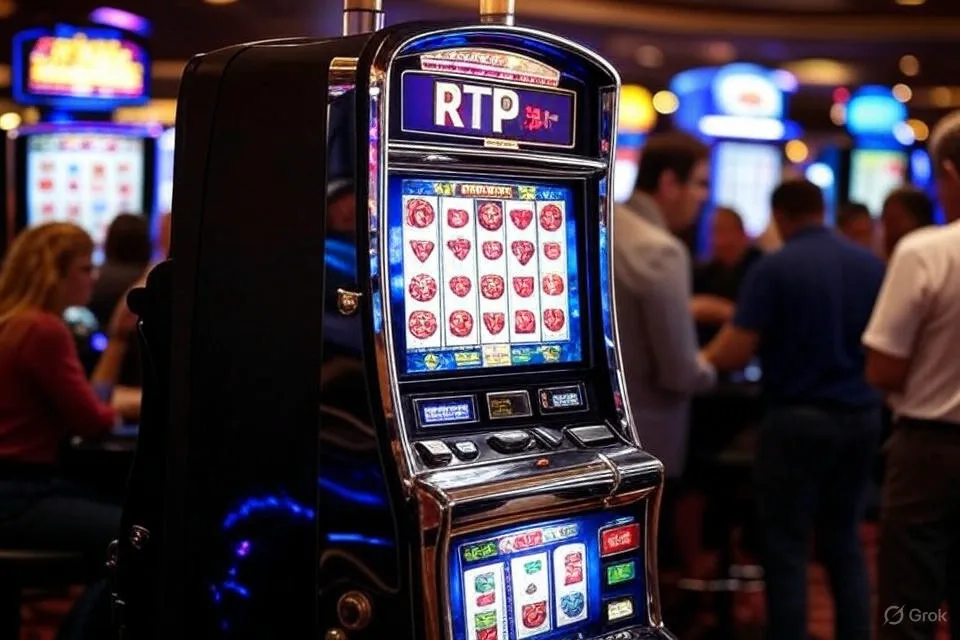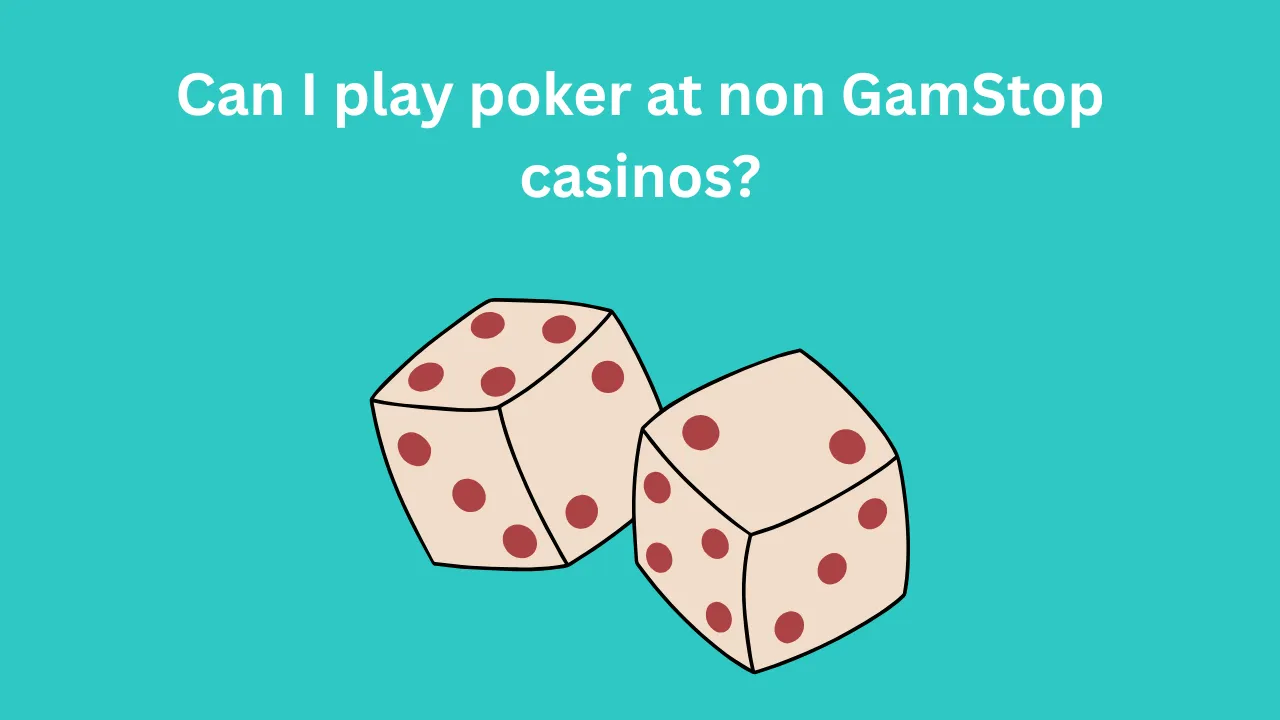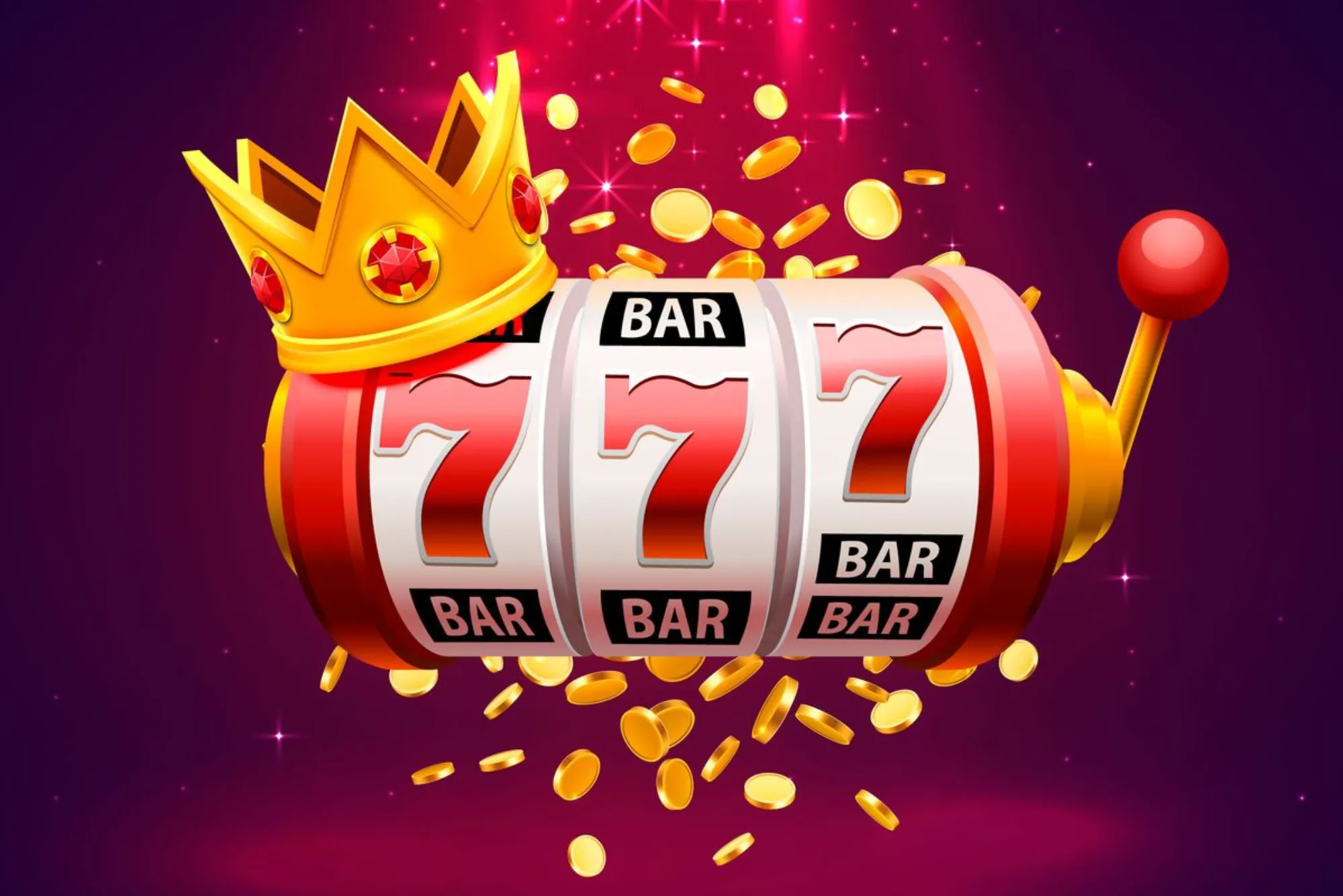When it comes to casino games, the term RTP—Return to Player—often comes up. In simple terms, RTP is the percentage of all wagered money that a game is programmed to return to players over time. For example, a 96% RTP means that for every $100 wagered, $96 is returned to players (in theory), with the casino retaining $4. However, not all games have a fixed RTP. In this article, we’ll explore why some casino games advertise changing RTP ranges, how that affects you as a player, and what real-world factors contribute to these shifts.
Understanding RTP and Its Role
RTP serves as a benchmark for players to gauge the potential long-term performance of a casino game. When you play a slot machine or table game, the RTP indicates the mathematical expectation of your returns in the long run. It doesn’t guarantee outcomes on a spin-by-spin basis, but it provides a statistical measure of how often the game is likely to pay out over thousands or millions of plays.
H3: Why a Single RTP Value Isn’t Always Enough
Many players assume that a game’s RTP is set in stone. In reality, developers and casinos sometimes allow software providers to offer a range of RTP values. This flexibility can serve several purposes:
Regulatory Requirements: Different jurisdictions may require different minimum RTP percentages. By providing a range, a single game build can be used in multiple markets without creating separate versions.
Promotional or Seasonal Adjustments: A casino might want to boost excitement during a special event or promotion by temporarily nudging a game’s RTP upward within its allowed range.
Operator Discretion: Some gaming platforms negotiate contracts with developers to adjust RTP ranges in order to balance player appeal and profitability.
Reasons for Changing RTP Ranges
When a game advertises, say, a 94%–98% RTP, it means that the game can be configured to pay back anywhere between those percentages. But why would a casino operator or software provider want that flexibility? Let’s dive into the main reasons.
H3: Catering to Different Regulatory Environments
Online gambling regulations vary widely. In the United Kingdom, for example, the Gambling Commission enforces clear guidelines on minimum RTP levels for slots and table games. Meanwhile, other territories might impose different thresholds or none at all.
Because developers strive to distribute a single game build across multiple regions, they often embed adjustable parameters that allow local operators to set RTP at or above the minimum required value. As a result, you might see a slot on a UK-licensed site set to 96.5%, while that same title on a site licensed elsewhere could be configured at 94%—all within the advertised RTP range.
H3: Balancing Marketing Appeal and Profitability
From a marketing standpoint, boasting a high RTP can attract savvy players. Advertising a slot with a 97%–98% range sounds more appealing than one locked at 94%. Some “slot sites uk” and other regional platforms promote higher RTPs to stand out among competitors, promising players that they’re more likely to enjoy a smoother bankroll experience.
In practice, the operator might choose to set the RTP closer to 96% to ensure a comfortable profit margin, saving the top end of the range for promotional periods or VIP events. That way, they can advertise an excellent RTP in their marketing materials while still maintaining healthy house edges on most days.
How Changing RTP Affects Players
When you sit down to play a casino game with a variable RTP, the exact percentage can impact both short-term excitement and long-term results. Let’s look at what that means for you.
H3: Short-Term Volatility vs. Long-Term Expectation
In the short run—over a handful of spins or hands—RTP doesn’t guarantee a specific outcome. A game set at 97% RTP still might deliver a big win or a losing streak within just a few sessions. However, over many thousands of spins, the math begins to settle toward the programmed percentage.
For instance, a player betting $1 per spin on a slot with a 94% RTP could experience larger swings than someone playing a 98% RTP version of the same game. Even though both use the same core mechanics, the higher RTP theoretically results in fewer overall losses per bet.
H3: Promotional Periods and Temporary Boosts
Many online casinos periodically boost RTP to entice players. During special campaigns—holiday-themed pushes, new game launches, or VIP weekends—you might notice a slot’s RTP raised a few points above its usual setting. These temporary boosts can generate buzz and keep players engaged, but they rarely last beyond the promotional window.
When you play during such a period, it’s wise to verify the advertised RTP and note when the promotion ends. This helps avoid frustration if you switch back to the “standard” RTP and suddenly feel that the game isn’t paying as generously.
Real-World Examples
To put all this into perspective, let’s look at how two popular game developers handle RTP ranges.
H3: Pragmatic Play and the 94%–96% Adjustment
Pragmatic Play—a well-known slot developer—often advertises titles with a 94%–96% RTP range. While the default setting in many markets is 96%, certain operators choose the lower end of 94% to comply with specific licensing standards. Occasionally, casinos might opt for a 95% RTP to match local promotional strategies without dropping as low as 94%.
A few years ago, Pragmatic Play ran a limited-time campaign allowing operators to push favorite titles to 97% RTP for high-roller events. Savvy players who noticed this temporary spike quickly flocked to try their luck, knowing the expected return was mathematically more generous for a short period.
H3: NetEnt’s Progressive RTP Configurations
Another example is NetEnt, which sometimes offers progressive slots with adjustable RTP ranges between 88% and 95%. In most jurisdictions, operators set the RTP at 94%–95%, especially for progressive jackpot games, because lower return rates make progressives grow more slowly—building massive jackpots before someone hits them.
However, in markets with strict regulations (such as some European countries), NetEnt may allow operators to configure the same game at an 88% RTP to ensure the progressive jackpot pools build faster. That’s why a player in one country might see a massive jackpot at $2 million, while another location might have a smaller pool due to differing RTP configurations.
Tips for Players
Now that you understand why RTP ranges shift, here are some practical tips to help you make the most informed choices:
Check the Game Information Panel
Before you start, glance at the “Help” or “Info” section of any slot. It often lists the exact RTP the operator has set. If it shows 95% instead of the maximum 97%, you’ll know what to expect.Look for Licensed Operators
Playing on a reputable, licensed casino ensures that RTP values are audited and fair. Reputable “slot sites uk” platforms display their licensing credentials prominently, giving you confidence that the stated RTP is accurate and enforced.Take Advantage of Promotions
When you see a temporary RTP boost, try playing during that window. Even a 1–2% uplift can statistically tilt the odds in your favor over many spins. Just remember that these promotions are time-limited.Compare Similar Games
If two casinos offer the same title at different RTP settings, mathematically you’re better off betting on the higher RTP version. Over the long run, the difference can be significant, translating to more favorable play sessions.
Final Thoughts
Changing RTP ranges aren’t meant to deceive—rather, they offer flexibility for operators, compliance with varying regulations, and marketing opportunities to attract players. As a gambler, being aware of these shifts empowers you to choose games and casinos more wisely. Always check the RTP information before you play, and don’t hesitate to switch platforms if you find one using significantly lower configurations.
In the end, while a higher RTP doesn’t guarantee immediate wins, it does offer a slightly better chance at recouping your wagers over thousands of spins or hands. By understanding why some games have variable RTPs and how to spot them, you can elevate your gaming experience and play with greater confidence.









